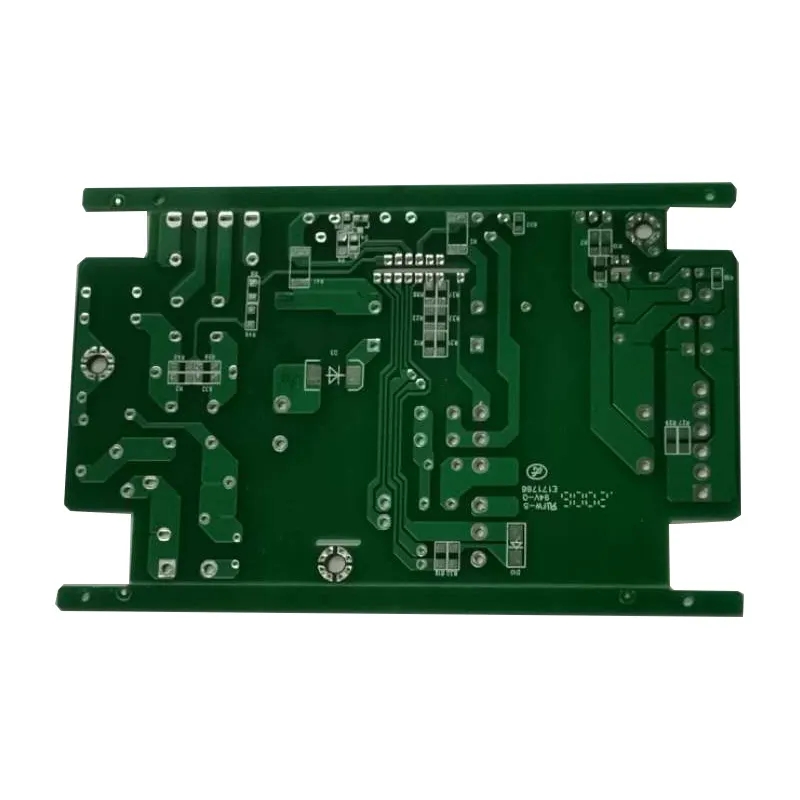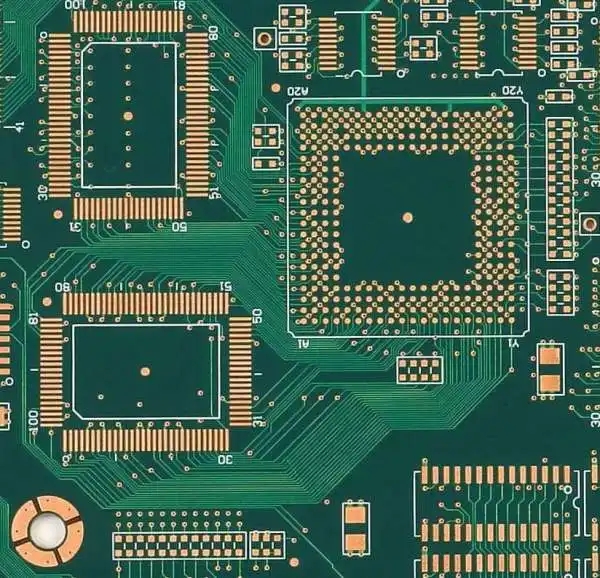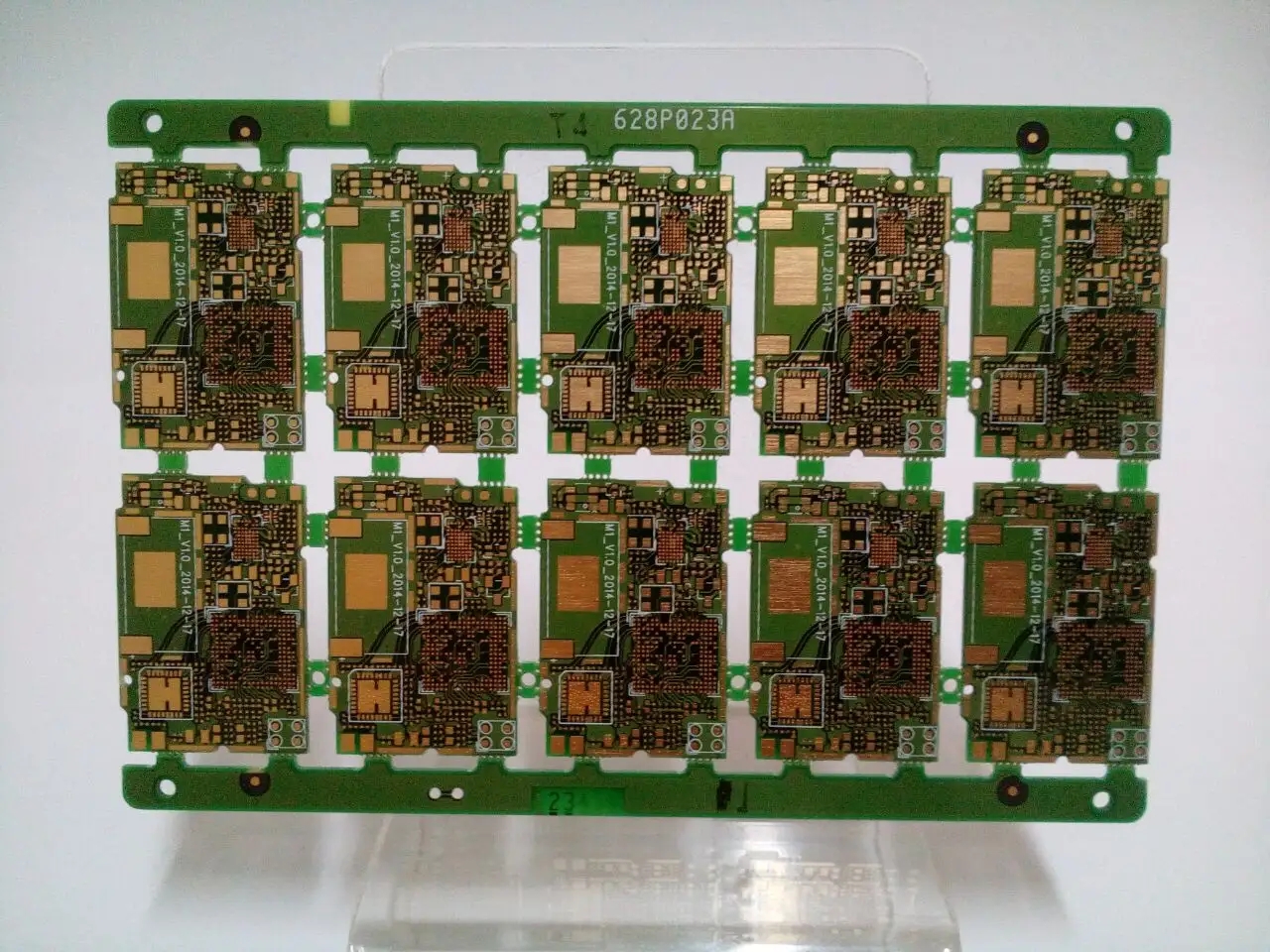
PCB Factory: Common Laws of Electronic Component Damage
① Characteristics of resistance damage
Resistance is a large number of components in electrical equipment, but it is not a component with high damage rate. Resistance damage is common in open circuit. It is rare for resistance value to increase, and it is rare for resistance value to decrease. Common types include carbon film resistor, metal film resistor, wire wound resistor and fuse resistor. The first two types of resistors are widely used. The characteristics of their damage are: first, the damage rate of low resistance (below 100 Ω) and high resistance (above 100k Ω) is high, and the damage rate of intermediate resistance (such as hundreds of ohms to tens of kiloohms) is rare; Second, when the low resistance resistance is damaged, it is often burnt and blackened, which is easy to find, while when the high resistance resistance is damaged, there is little trace. Wire wound resistance is generally used for large current limiting, and the resistance value is not large. When the cylindrical wire wound resistance is burnt out, some will be blackened, or the surface will be cracked, and some will have no trace. Cement resistance is a kind of wire wound resistance, which may break when burned out, otherwise there is no visible trace. When the fuse resistor is burnt out, some surfaces will blow off a piece of skin, and some have no traces, but they will never be burnt and blackened. According to the above characteristics, we can focus on checking the resistance and quickly find out the damaged resistance.
② Characteristics of electrolytic capacitor damage
Electrolytic capacitors are widely used in electrical equipment and have a high failure rate. The electrolytic capacitor is damaged in the following ways: First, the capacity is completely lost or reduced; Second, minor or serious leakage; The third is loss of capacity or reduction of capacity with leakage. The methods to find damaged electrolytic capacitors are:
(1) Look: some capacitors will leak when they are damaged. The surface of the circuit board under the capacitor or even the surface of the capacitor will have a layer of oil stains. This capacitor cannot be used again; Some capacitors will bulge after being damaged, and such capacitors cannot be used any longer;
(2) Touch: Some electrolytic capacitors with serious electric leakage will heat up after the machine is turned on, and even burn your hands when touching with your fingers. Such capacitors must be replaced;
(3) There is electrolyte inside the electrolytic capacitor, and the electrolyte will become dry after being baked for a long time, which will reduce the capacitance. Therefore, it is necessary to focus on checking the capacitance near the radiator and high-power components. The closer you are to it, the greater the possibility of damage.
③ II. Characteristics of semiconductor device damage such as triode
2、 The damage of the triode is usually the breakdown or open circuit of the PN junction, in which the breakdown and short circuit are the most common. In addition, there are two kinds of damage: first, the thermal stability becomes worse, which means that it is normal when starting up, and soft breakdown occurs after working for a period of time; The other is that the characteristics of PN junction become worse. Use multimeter R × In 1k test, all PN junctions are normal, but they can not work normally after being used. If R is used × 10 or R × 1. The positive resistance of the PN junction is higher than the normal value in the low range measurement. The diode and triode can be measured on the road with a pointer multimeter. The more accurate method is to set the multimeter at R × 10 or R × 1st gear (generally R × Gear 10, use R when it is not obvious × Gear 1) Road test the positive and negative resistance of the PN junction of the diode and triode. If the positive resistance is not too large (relative to the normal value) and the reverse resistance is large enough (relative to the positive value), it indicates that the PN junction is normal. If it is not, it is doubtful that it should be tested again after welding. This is because the peripheral resistance of the diode and triode of the general circuit is mostly more than hundreds or thousands of ohms. The influence of the peripheral resistance on the PN junction resistance can be basically ignored when the multimeter is used to measure the low resistance on the circuit.
④ Characteristics of IC damage
The internal structure of the integrated circuit is complex and has many functions. Any part of the integrated circuit can not work normally if it is damaged. There are also two kinds of damage to integrated circuits: complete damage and poor thermal stability. When it is completely damaged, it can be removed and compared with the normal integrated circuit of the same model to measure the forward and reverse resistance of each pin to the ground. One or several pins can always be found to have abnormal resistance values. If the thermal stability is poor, the suspected integrated circuit can be cooled when the equipment is working. If the fault occurs later or no longer occurs, it can be determined. Generally, only new integrated circuits can be replaced for troubleshooting.
Circuit board manufacturers, circuit board designers and PCBA manufacturers explain to you the common laws of circuit board manufacturers: electronic components damage.







